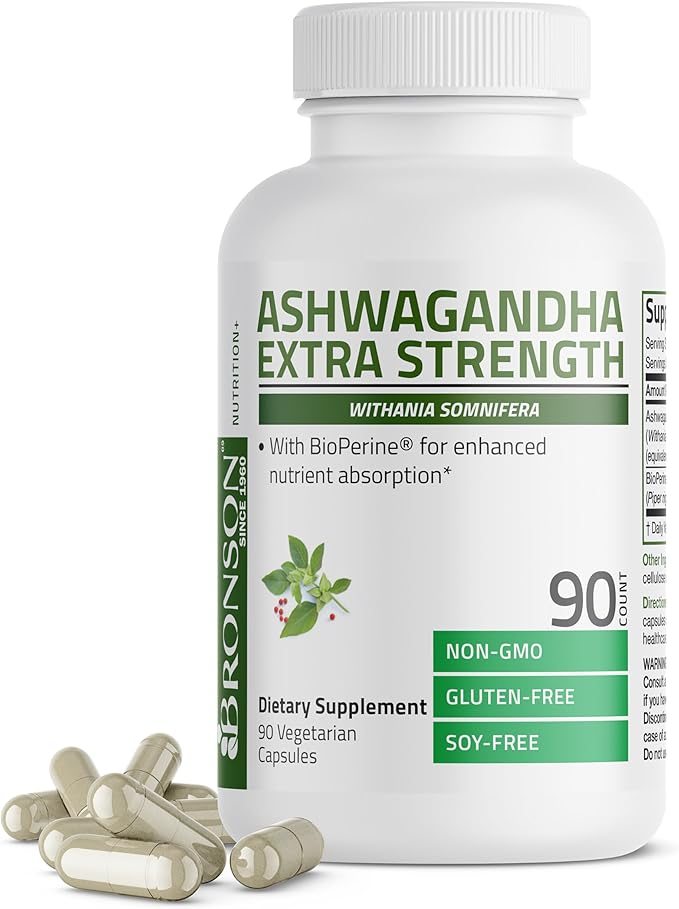Can you take Alpha Linolenic Acid and High-gamma tocopherol together?
Interaction Details
Taking Alpha Linolenic Acid and High-gamma tocopherol together has the potential for good synergy, suggesting a rating of 4 out of 5.
Alpha Linolenic Acid (ALA), an omega-3 fatty acid, and High-gamma tocopherol, a form of vitamin E, may interact beneficially when taken together. ALA, as an essential fatty acid, plays a critical role in heart health and inflammation reduction. High-gamma tocopherol, with its antioxidant properties, can enhance the stability and effectiveness of ALA by protecting it from oxidative damage. The antioxidant properties of High-gamma tocopherol can help in maintaining the integrity of ALA, allowing it to be more effective in its roles, including as a precursor to EPA and DHA, which are crucial for heart health and anti-inflammatory responses. This protective and synergistic relationship can enhance the overall efficacy of both supplements when taken together.
Potential Benefits
Potential Risks
Alpha Linolenic Acid
Alpha-Linolenic Acid (ALA) is an omega-3 fatty acid found in plant-based foods such as flaxseeds and walnuts. It is considered an essential fatty acid because the human body cannot produce it on its own.
Some benefits of ALA include supporting heart health and reducing inflammation.
High-gamma tocopherol
High-gamma tocopherol is a form of vitamin E, specifically one of the four tocopherol isomers, with gamma-tocopherol being prominent in the diet, particularly in vegetable oils like corn and soybean oil. It has unique antioxidant properties and has been studied for various health benefits.
